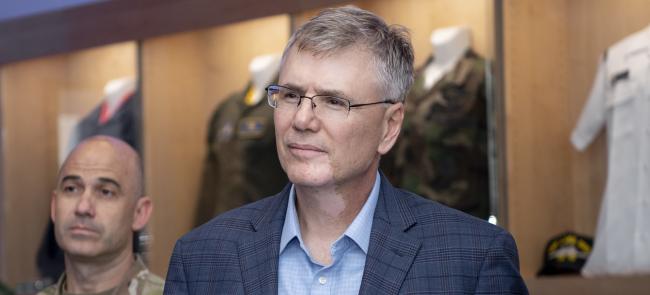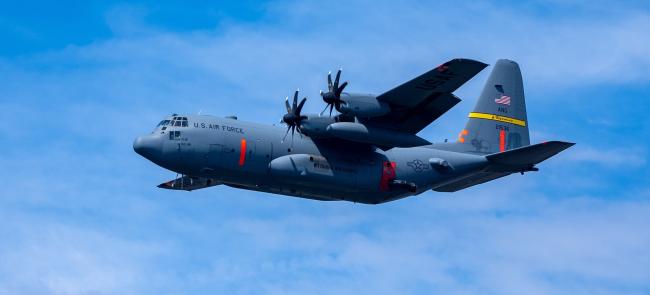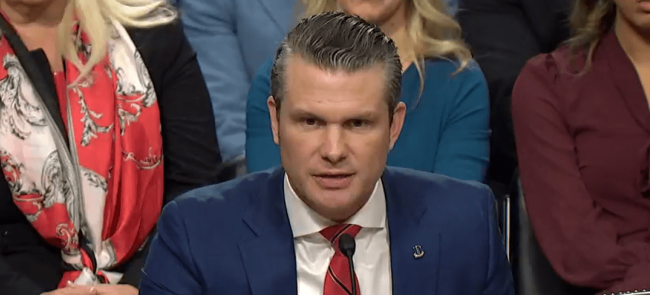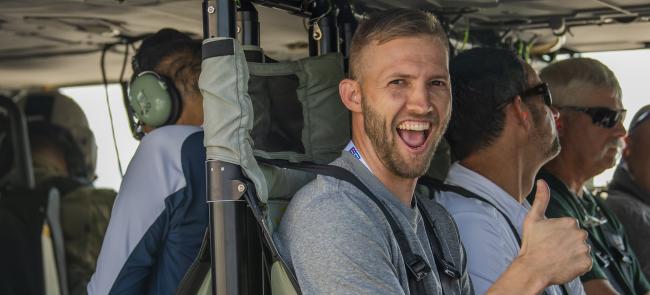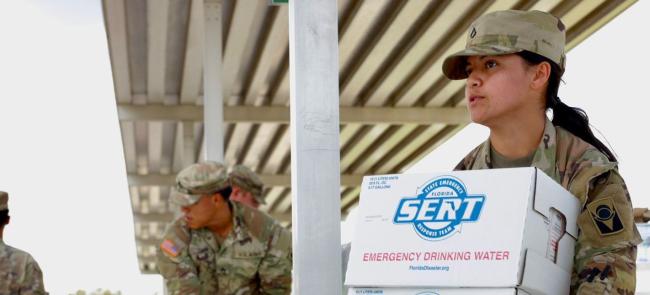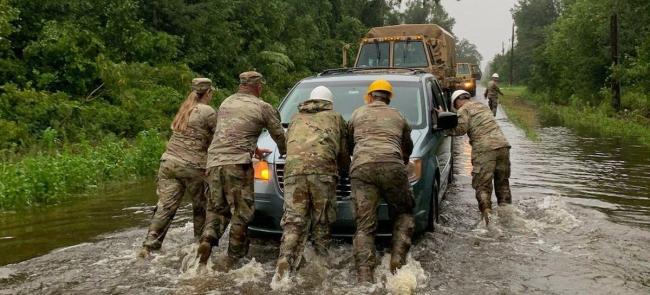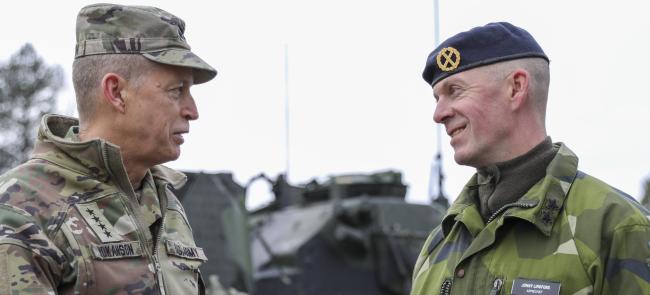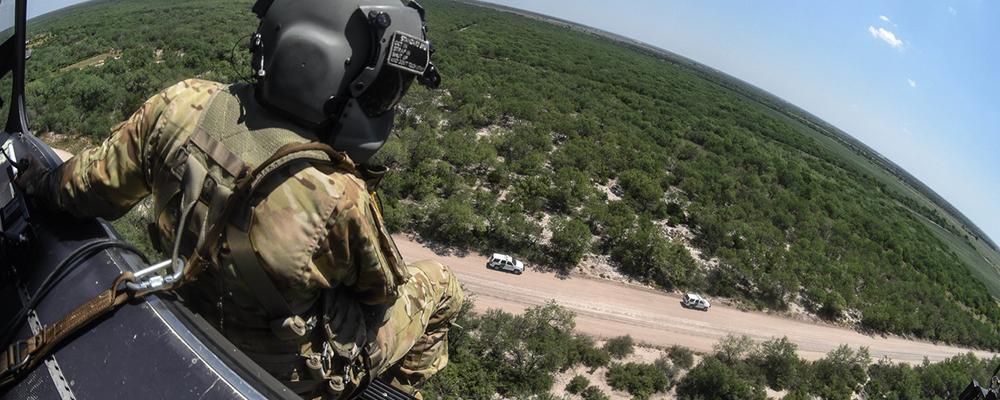
The Defense Department is sending more than 5,000 active-component troops to the Southwest border at the request of the Department of Homeland Security.
The troops will help U.S. Customs and Border Protection “harden” 26 designated points of entry along the nearly 2,000-mile border with Mexico, officials told reporters at a press conference Monday in Washington, D.C.
President Donald Trump ordered the action due to concerns over two large caravans of migrants from Central America, many of whom say they want asylum in the United States. One is currently in southern Mexico and the other in Guatemala, said Kevin K. McAleenan, the CBP commissioner.
“We've got to be prepared for the potential arrival of a very large group,” he said.
Gen. Terrence J. O’Shaughnessy, the commander of U.S. Northern Command, said the first 800 troops deployed Monday, with the rest set to be in place by the end of this week.
“That is just the start of this operation,” he told reporters. “We'll continue to adjust the numbers and inform you of those.”
Operation Faithful Patriot is the active component’s first significant border-protection mission. Small active-component units have helped with niche tasks like detecting cross-border tunnels in recent years, but nothing on this scale, officials said.
A large portion of the troops will be engineers, who will construct additional barriers and fencing, officials said.
“Our first level of effort with CBP will be to harden the points of entry and address key gaps in areas around the points of entry,” O'Shaughnessy said.
The Pentagon is also sending helicopters and planes to move border security personnel to remote locations, while smaller numbers of medical personnel, planning specialists and military police are also part of the deployment.
The tasks are similar to what the National Guard has provided frequently since 2006. There are currently 2,092 Guardsmen assisting CBP as part of Operation Guardian Support.
The two operations will overlap significantly, but they have different administrative chains of command. Guardsmen are under the command of the governors in the states in which they are deployed. Active-component personnel will be under Army North, which is part of U.S. Northern Command.
Active-component troops are more limited in the support they can provide. Federal law, specifically the 1878 Posse Comitatus Act, bars them from direct policing law enforcement on U.S. soil. Guardsmen under state control are not subject to the provision.
Nevertheless, Pentagon officials say some active troops heading to the border will be armed, while Guardsmen there are not.

